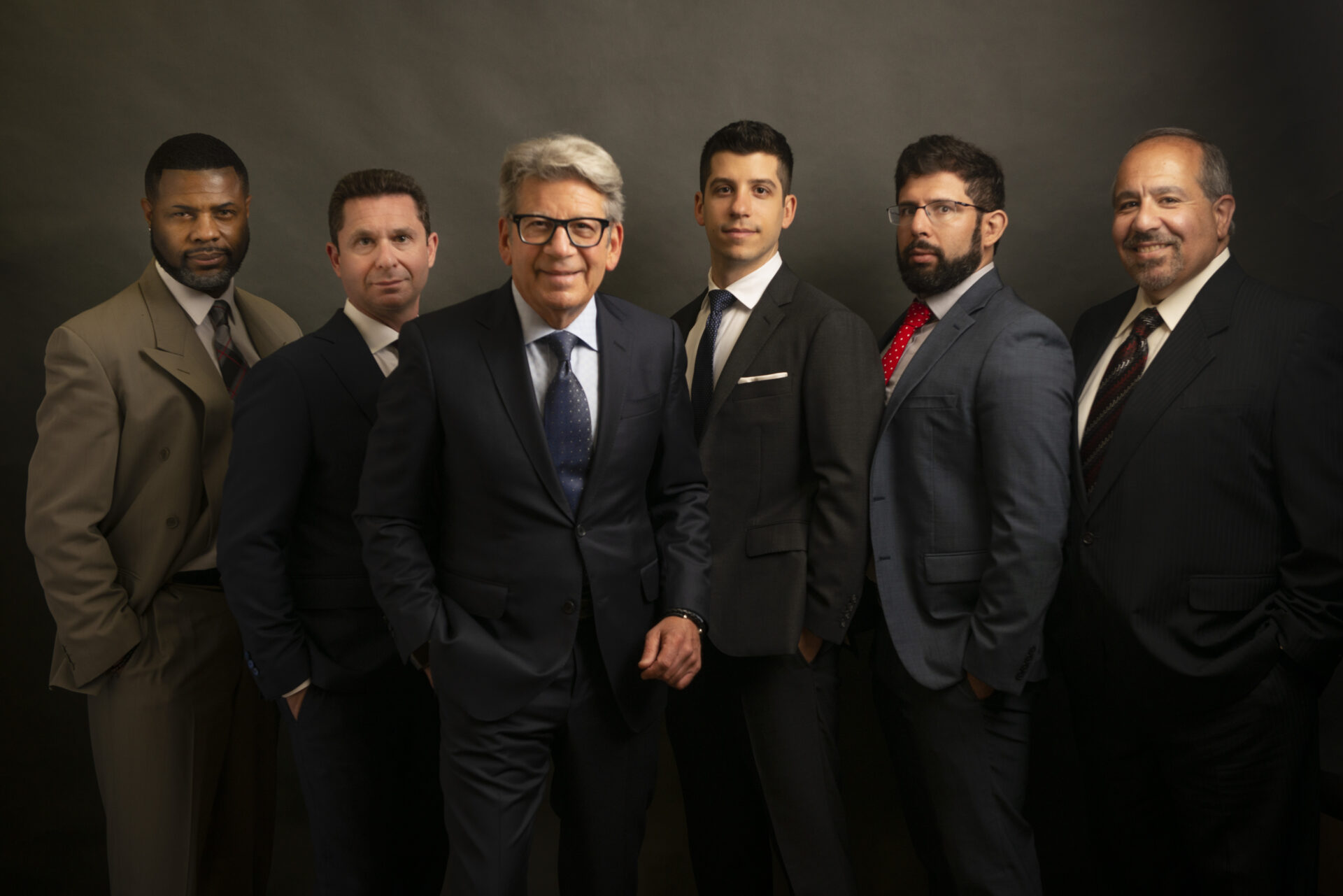Shoulder dystocia is a delivery complication that occurs when an infant’s shoulders become lodged in the mother’s pelvis. The infant’s brachial plexus nerves could be damaged, causing complications like Erb’s Palsy or Klumpke’s Palsy.
Shoulder dystocia often arises when:
- The baby is born feet first, placing undue stress on the shoulders and neck
- The baby is born face first, putting a strain on the face and neck
- When the baby is too big for the birth canal (known as cephalopelvic disorder, or CPD)
Doctors will usually be able to detect shoulder dystocia when the baby’s head has come out, but the shoulders are still stuck in the mother’s pelvic area. The baby could suffer nerve damage if the attending physician tries to pull the baby out forcefully.
What Are Some Signs and Symptoms of Shoulder Dystocia?
Symptoms of shoulder dystocia include:
- Pain and noticeable nerve damage in the affected shoulder and arm
- The infant’s hand will appear claw-like
- Potentially light paralysis of the affected limb
Brachial plexus injuries sustained due to shoulder dystocia often require treatment, including:
- Massaging
- Physical therapy
- Surgery
What Are Some of the Risk Factors?
In general, some of the risk factors associated with shoulder dystocia include:
- Late labor and delivery
- Induced labor
- Use of an epidural
- Maternal obesity
- Maternal diabetes
- Fetal macrosomia
- Prior instances of shoulder dystocia
Is the Doctor Liable For Infant Shoulder Dystocia?
In many cases, infant shoulder dystocia is entirely preventable, if the doctor provides an adequate standard of care prior to and during birth. Physicians should monitor and detect fetal distress before complications arise and schedule a C-section before any injuries occur.
They should also consider scheduling a C-section in advance if the infant has a higher birth weight. It is up to the physician to determine whether the risk of a C-section is greater than the risk of injury due to shoulder dystocia. There are also specific maneuvers a doctor can perform to get the baby out safely without suffering injury, including the McRoberts maneuver, the Zavanelli maneuver, internal rotation, and suprapubic pressure.
Contact a New York Birth Injury Lawyer
If your child suffered a severe brachial plexus injury during birth, reach out to one of our experienced New York birth injury lawyers right away. As expectant parents, you have the right to expect that your doctor will be attentive and provide an adequate standard of care at all times. If they fail to do so and your child suffers a severe birth injury as a result, you could be eligible to take legal action against the physician, the facility, and any other entity that shared responsibility.
Contact the attorneys of Finz & Finz, P.C., at 1-855-TOP-FIRM to discuss your case with an understanding and knowledgeable member of our team during a free consultation today.




























